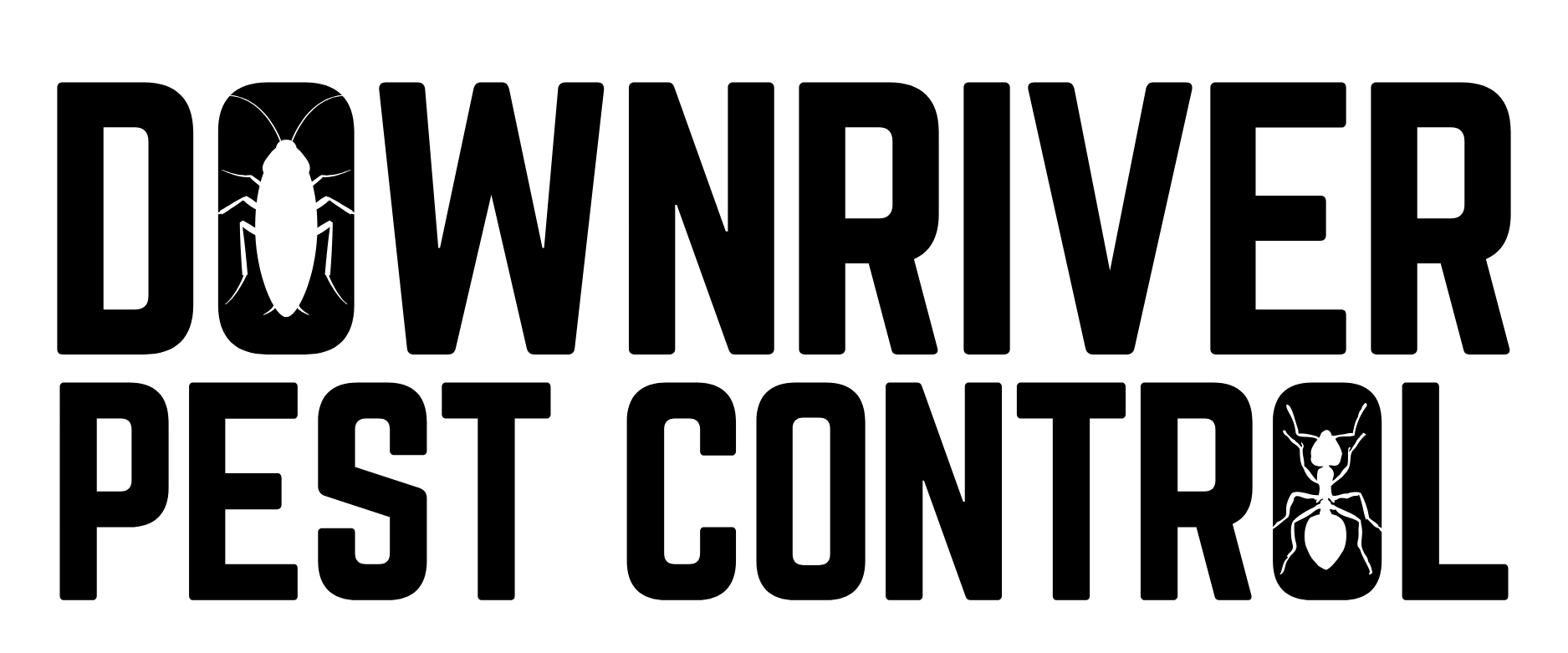Understanding Stink Bugs: Insights and Solutions
Discover effective ways to protect your home or business from a stink bug invasion
Top Facts About Stink Bugs
Here Are Downriver Pest Control's Top 6 Facts About Stink Bugs
1. Their Stinky Defense Mechanism
Stink bugs get their name from the foul-smelling chemical they release when threatened or crushed. This odor is designed to repel predators, and it’s strong enough to linger for hours!
2. Not Native to the U.S.
The brown marmorated stink bug (the most common species in the U.S.) is actually an invasive species from Asia. It was accidentally introduced to the United States in the 1990s and has since spread to nearly every state.
3. They Love the Warmth
Stink bugs are known to invade homes in the fall to find a warm place to overwinter. They often hide in attics, walls, and basements, only to reappear in the spring.
4. They Can Damage Crops
Stink bugs are a significant pest to farmers because they feed on a variety of fruits and vegetables, including apples, peaches, and soybeans. Their feeding can lead to discoloration and deformation of crops, causing major agricultural losses.
5. Their Bodies are Designed for Defense
Stink bugs have a hard, shield-shaped exoskeleton that protects them from predators. Their unique shape helps them blend into their environment, making it difficult for predators to spot them.
6. They’re Attracted to Light
Stink bugs are drawn to light, especially during cooler months. You may notice them gathering around windows, doors, or outdoor lights as they try to enter your home.
Stink Bug-Proof Your Home
Effective Strategies to Prevent Infestations
Seal entry points
Use caulk to seal cracks around windows, doors, and utility openings. Install door sweeps and repair damaged screens.
Maintain outdoor areas
Keep vegetation trimmed away from your home, and remove debris like piles of leaves and wood where stink bugs may hide.
Turn off outdoor lights
Stink bugs are attracted to light, so try to minimize outdoor lighting, especially during late summer and early fall.
Call us
Reach out to us if you are seeing large numbers of stink bugs in or around your home. We can help find a solution.
Stink Bug infestations can be an annoying issue, but you don’t have to face them alone.
At Downriver Pest Control, we offer expert solutions to keep your home or business stink-bug-free. Contact us today for a comprehensive inspection and personalized prevention plan.

